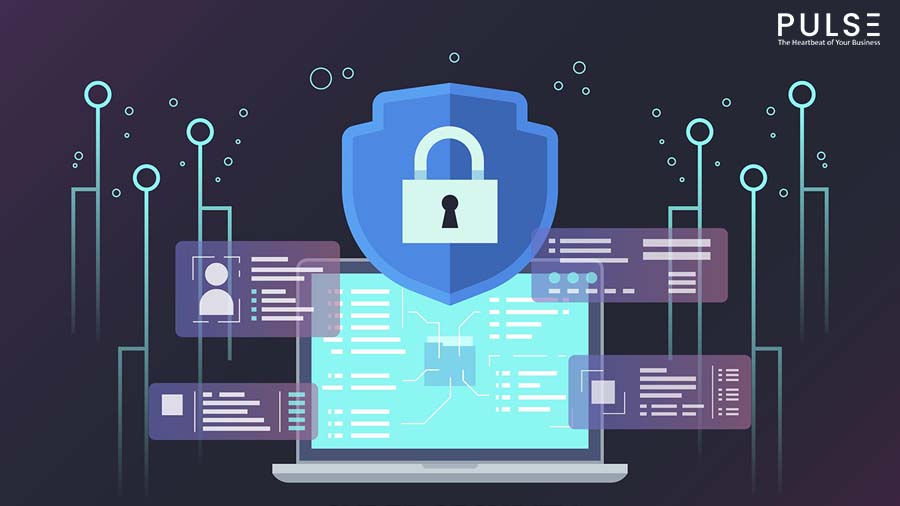Workplace safety, especially in those with inherently large and immediate risk factors such as construction sites or restaurants, is not an area where there should ever be any compromises. Inspections are at least as important as any doctor in avoiding the potentially catastrophic effects of injury and illness. The process itself should be as safe and easy as possible, too, and this is where constantly improving software is making inroads to keep workers and auditors safe. Let’s look at some of the details of this transformation in workplace safety.
Increasing Automation
One way to keep humans safe is to simply take them out of the equation as much as possible. This has long been the case in many types of labor, and the use of automation in inspection means as long as its parameters are calibrated to elements of compliance, software is able to present us with relevant information using less human input. It’s not a question of machines doing all the work, of course. Recent analysis of data-driven auditing with machine learning — or ‘artificial intelligence’ as it is often referred to — is showing that years of advances in computation can now be leveraged by human auditors.
Better Data
One reason for that is the interpretative leveraging of ‘big data’ making it possible to shift from the quantitative to the qualitative. The software not only reduces a lot of the tedious tasks associated with completing audits, but now presents readable information in a timely and efficient manner. It’s now possible to make decisions faster as a result of this shift after decades of promise, which in turn can be a literal lifesaver.
Remote Inspections
Given the challenges of recent times, being able to conduct a large proportion of inspections from a distance has become more useful than ever. In a previous article we covered the numerous advantages of remote audits, which have become a great value proposition with or without a global pandemic. This is thanks to the power of the tools now available that information can also quickly be shared between responsible team members who could be anywhere in the world, in real time, using remote working tools with which many of us have become intimately familiar. This reduces the number of people needed on site while still ensuring up-to-the-minute, accurate inspection data.
Better Collaboration
Software makes collaboration in a team much easier, allowing for better quality software and hardware design. Team collaboration capabilities in software make communication on different levels of design much easier. In turn, that makes designing hardware for inspection and auditing like drones, sensors, and cameras more accurate and effective. Ultimately, appropriate specification and integration of these digital technologies used in inspection will produce more precise and reliable results, and having the tools to collaborate effectively on those tasks can aid the development process.
Risk Prediction
One of the more impressive aspects of machine learning is that by being trained on historical near-miss report data, it can learn to create risk alerts that humans might even miss. Due to the nature of machine learning, this is a feature that will improve with time as it is fed more data from existing hardware and undergoes careful development.
